The popularity of celery in various cuisines is undeniable, considering that numerous recipes utilize it in different ways. However, not a lot of people are familiar with celeriac, a bulb closely related to this herb.
Celeriac and celery belong to the same plant: Apium graveolens. The only difference is that celeriac is cultivated for its bulb rather than its stalks. They do not come from the same crop because they require different types of growing conditions.
Celeriac is only now gaining momentum in the culinary world, as more people are becoming aware of its existence. Celeriac contains a variety of vitamins and minerals. Although it may look off-putting, it still deserves a spot in your cooking repertoire because of its potential benefits to your health.
What Is Celeriac?
Celeriac (Apium graveolens var. rapaceum) is usually called celery root because of its big, bulbous appearance. However, this nickname is actually a misnomer because celeriac is not a root, but rather a hypocotyl, which is the part of a plant between the stem and the roots.
The origin of the Apium graveolens plant remains unclear, but it is suspected to be the same plant mentioned in Homer’s “Odyssey” as “selinon.” Any other documentation directly pertaining to the plant itself dates back to the 16th century, when it is believed to have been first cultivated. As for celeriac, the plant’s root, its earliest documentation was conducted by Swiss and Italian botanists in the 1600s.
Celeriac has acquired a fair amount of creative names, like the “ugly duckling” and the “hobbit” of the vegetable world because of its gnarly appearance. However, the flavor of this vegetable makes up for what its external characteristics lack.
4 Benefits You Can Get From Celeriac
The dense nutritional content of celeriac contributes to its medicinal properties, making it useful for helping to:
- Ease the symptoms of Parkinson’s disease — A 2018 animal study from BioMed Central Complementary & Alternative Medicine showed that the antioxidant and neurochemical activities of the whole Apium graveolens plant may function as a supportive treatment option for Parkinson’s disease because of its protective properties on dopaminergic neurons.
- Lower the risk for high blood pressure— A 2016 study on Apium graveolens presented its possible function as a vasorelaxant. This may be due to the surplus of metabolites, including apigenin, luteolin, kaempferol, caffeic acid, ferulic acid and coumaric acid, which are closely linked to its relaxant effects.
- Improving bone health — Celeriac contains vitamin K and phosphorus, which may help in bone metabolism and reducing the risk of osteoporosis. Vitamin K is especially important for bone health because it may help promote calcium absorption and inhibit bone deterioration.
- Soothe dyspepsia symptoms — Together with Trachyspermum copticom, Apium graveolens extracts have been used in Iran as a traditional remedy for dyspepsia. In a 2017 study published in the Avicenna Journal of Phytomedicine, both plant extracts were found to rival the effectiveness of omeprazole, the preferred medication of conventional physicians.
Check out the table below to learn more about the nutritional value of celeriac:
| Celeriac Nutrition Facts
Serving Size: 100 grams |
||
| Amt. Per Serving |
||
| Calories | 42 | |
| Total Fat | 0.3 g | |
| Cholesterol | 0 mg | |
| Sodium | 100 mg | |
| Total Carbohydrates | 9.2 g | |
| Dietary Fiber | 1.8 g | |
| Protein | 1.5 g | |
| Folate8 µg | Vitamin C | 8 mg |
| Calcium43 mg | Magnesium | 20 mg |
How Do You Cook Celeriac?
Celeriac can be prepared in various ways. It can be grated and served raw in salads, chopped into chunks, or pureed to substitute for potatoes. When cooking, you can roast, boil, steam, grill, fry or sauté this vegetable. Before you try cooking celeriac in a variety of ways, you should learn how to clean and peel it properly, which can be difficult because of its uneven and bumpy surface.
To clean celeriac, place it under cold running water while scrubbing it with a soft brush to get rid of any dirt that may have been left on the peel. Afterward, follow these steps to peel the root without cutting off too much of its flesh:
- Place the celeriac on a clean work surface. Remove the base and the top of the vegetable.
- Carefully cut down the sides, close to the skin. Be sure you’re not wasting too much flesh left on the skin.
- When the skin is completely removed, chop or slice the flesh, depending on your preference. To avoid discoloration, soak the pieces in cold water with a few lemon slices.
Celeriac Is a Good Addition to a Healthy Diet
Seeing as celeriac comes from the same plant as celery, it’s no surprise that it can offer some impressive health benefits, including antihypertensive and neuroprotective effects. Adding this vegetable to your diet gives you the opportunity to acquire some of the most crucial nutrients needed to achieve optimal health.
However, note that a well-rounded diet is necessary for you to achieve good health. Make sure that you fill your everyday meal plan with nutrient-dense and healthy ingredients to strengthen your body and improve system function. Celeriac is a good choice, but it should not constitute the majority of your food intake.

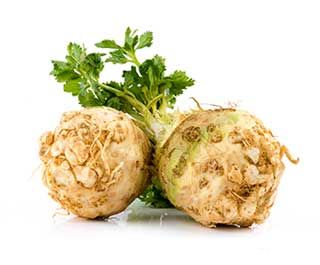
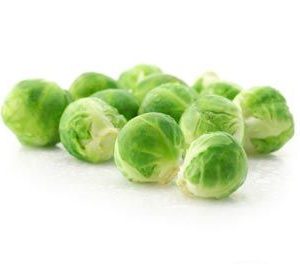
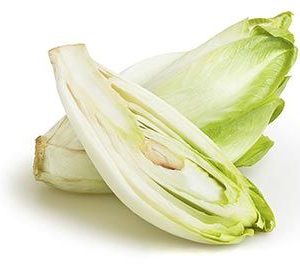
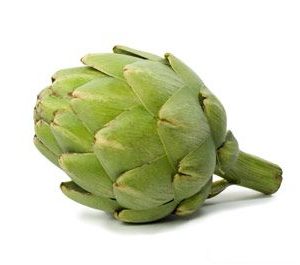
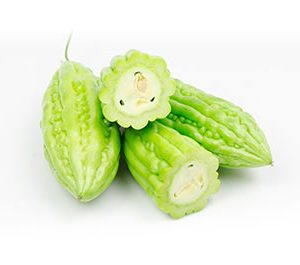
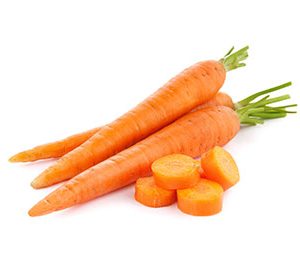
Reviews
There are no reviews yet.